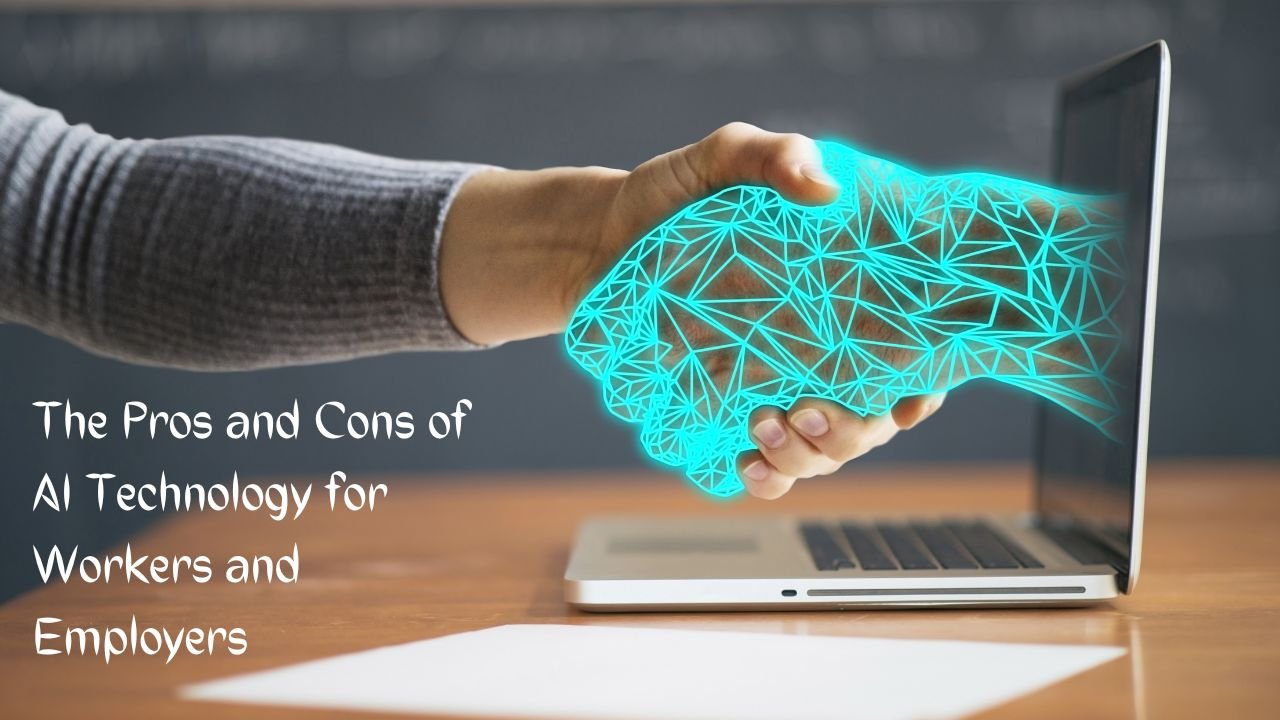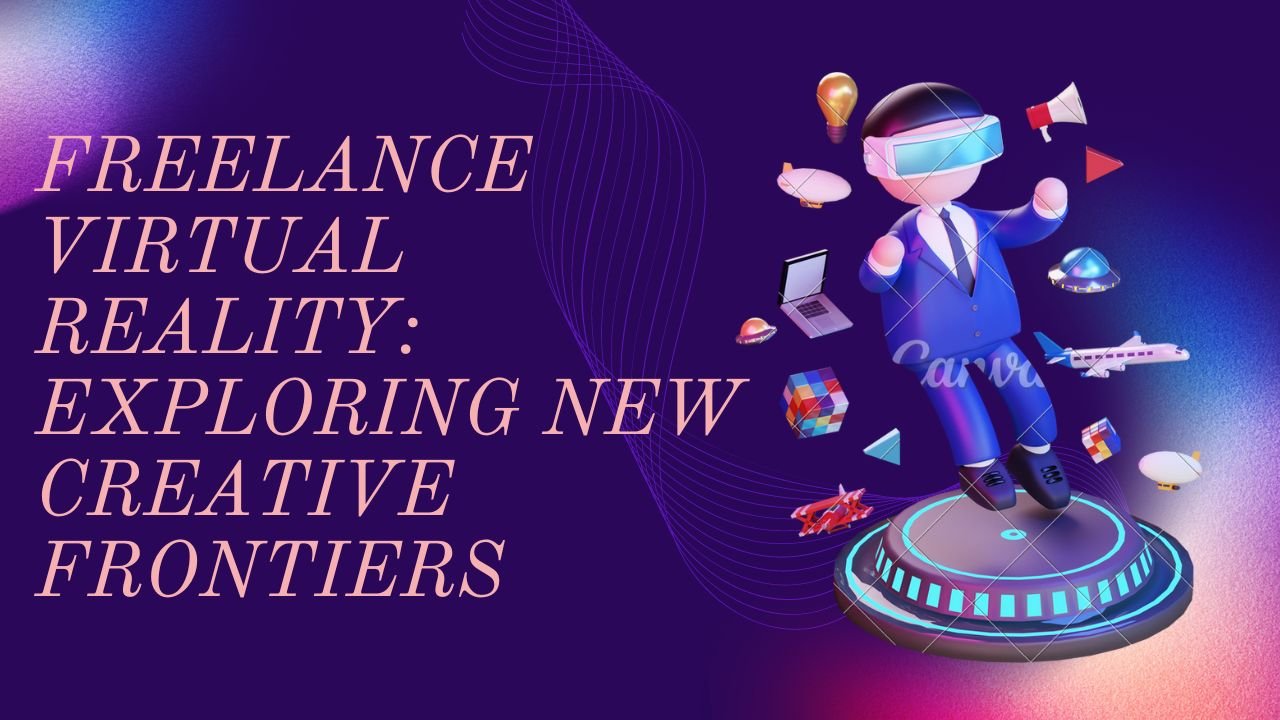Artificial intelligence (AI) is the ability of machines to perform tasks that normally require human intelligence, such as perception, reasoning, learning, decision making and problem solving. AI technology is rapidly advancing and becoming more accessible, affordable and scalable for workers and employers across various industries and sectors. In this article, we will explore the pros and cons of AI technology for workers and employers, and what implications it has for the future of work.
The Pros of AI Technology for Workers and Employers
AI technology can offer many benefits to workers and employers, such as:
- Improved productivity and efficiency: AI can help workers and employers perform tasks faster, better and cheaper by automating repetitive, tedious or complex processes, optimizing workflows, enhancing quality and accuracy, reducing errors and waste, and increasing output and value.
- Enhanced creativity and innovation: AI can help workers and employers generate new ideas, insights and solutions by providing data analysis, simulation, visualization, generative design, natural language processing, computer vision and other tools that can augment human intelligence and creativity.
- Increased flexibility and convenience: AI can help workers and employers work anytime, anywhere and anyhow by providing remote access, collaboration, communication, personalization, customization and other features that can adapt to different needs, preferences and situations.
- Improved learning and development: AI can help workers and employers learn new skills, knowledge and competencies by providing adaptive learning systems, chatbots, virtual reality, gamification and other methods that can deliver personalized, interactive and engaging education, training and coaching.
- Enhanced safety and security: AI can help workers and employers protect themselves from physical, mental or cyber risks by providing predictive maintenance, anomaly detection, risk assessment, fraud prevention, cybersecurity, biometric authentication and other measures that can prevent or mitigate harm.
The Cons of AI Technology for Workers and Employers
AI technology can also pose some challenges to workers and employers, such as:
- Loss of jobs or income: AI can potentially replace or displace human workers in some tasks or sectors by performing them faster, better or cheaper. This can result in unemployment, underemployment or income inequality for some workers or employers who may not have the skills or resources to adapt to the changing labor market.
- Ethical or social issues: AI can potentially raise ethical or social issues in some tasks or sectors by affecting human dignity, autonomy, privacy, fairness, accountability or transparency. This can result in discrimination, bias, exploitation or manipulation of some workers or employers who may not have the awareness or power to challenge or control the use of AI.
- Technical or operational issues: AI can potentially cause technical or operational issues in some tasks or sectors by malfunctioning, breaking down or being hacked. This can result in errors, delays, losses or damages for some workers or employers who may not have the expertise or backup to fix or recover from the problems.
- Legal or regulatory issues: AI can potentially create legal or regulatory issues in some tasks or sectors by conflicting, violating or lacking existing laws, rules or standards. This can result in disputes, liabilities or penalties for some workers or employers who may not have the clarity or compliance to follow or enforce the regulations.
Conclusion
AI technology is transforming different tasks and sectors by providing data-driven, intelligent and automated solutions that can improve performance, efficiency, quality, innovation and customer value. AI technology can also create new opportunities, challenges and risks for workers and employers that need to be carefully considered and addressed. As AI technology continues to evolve and mature, workers and employers need to embrace it and leverage it to gain a competitive edge and achieve their goals.




